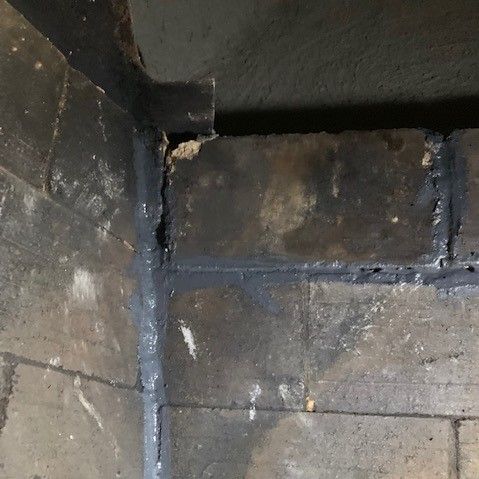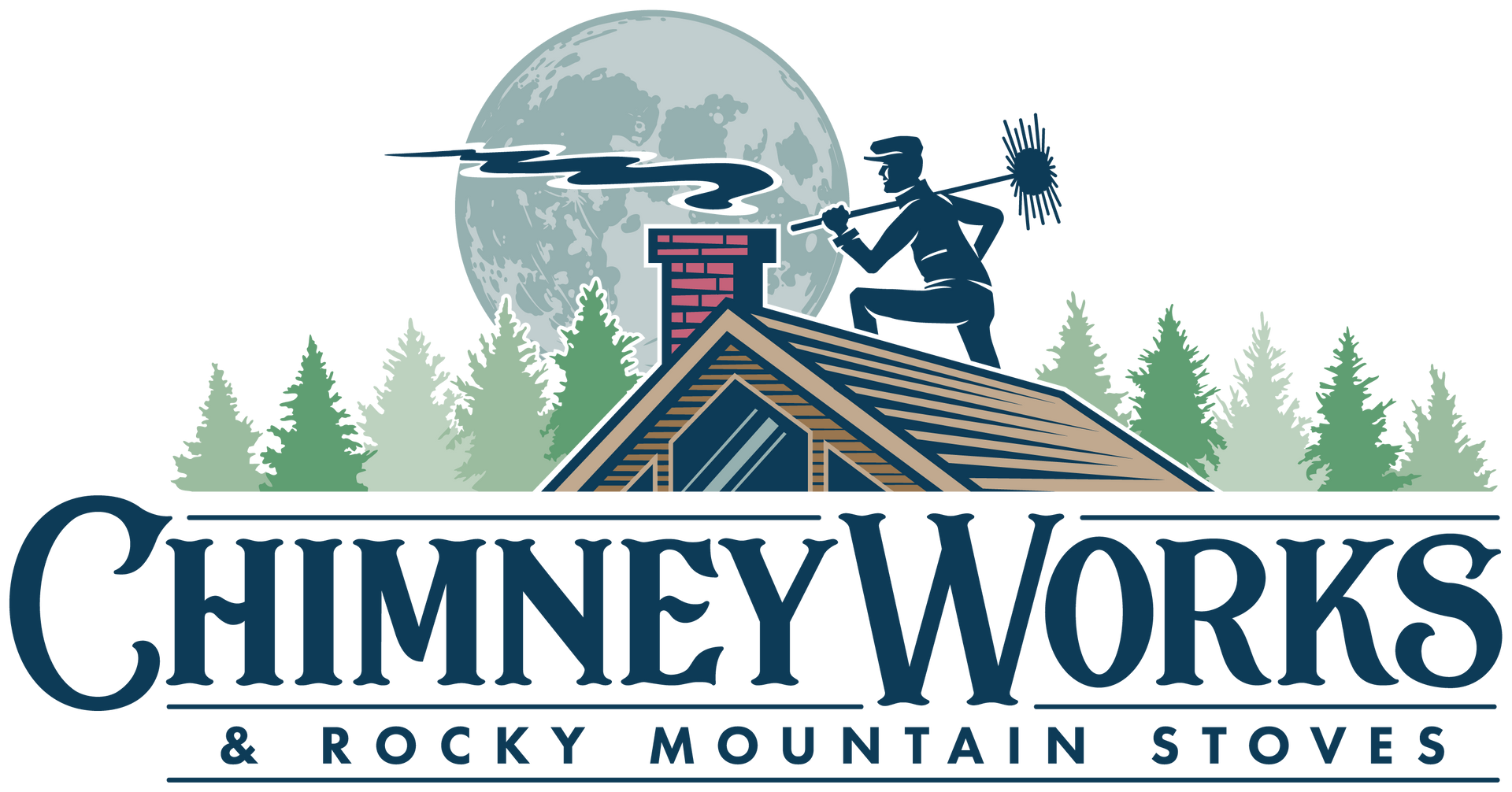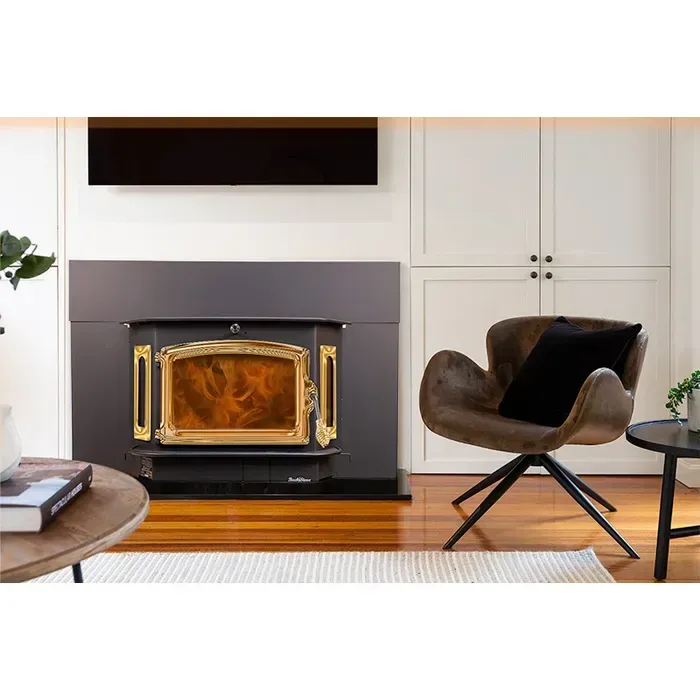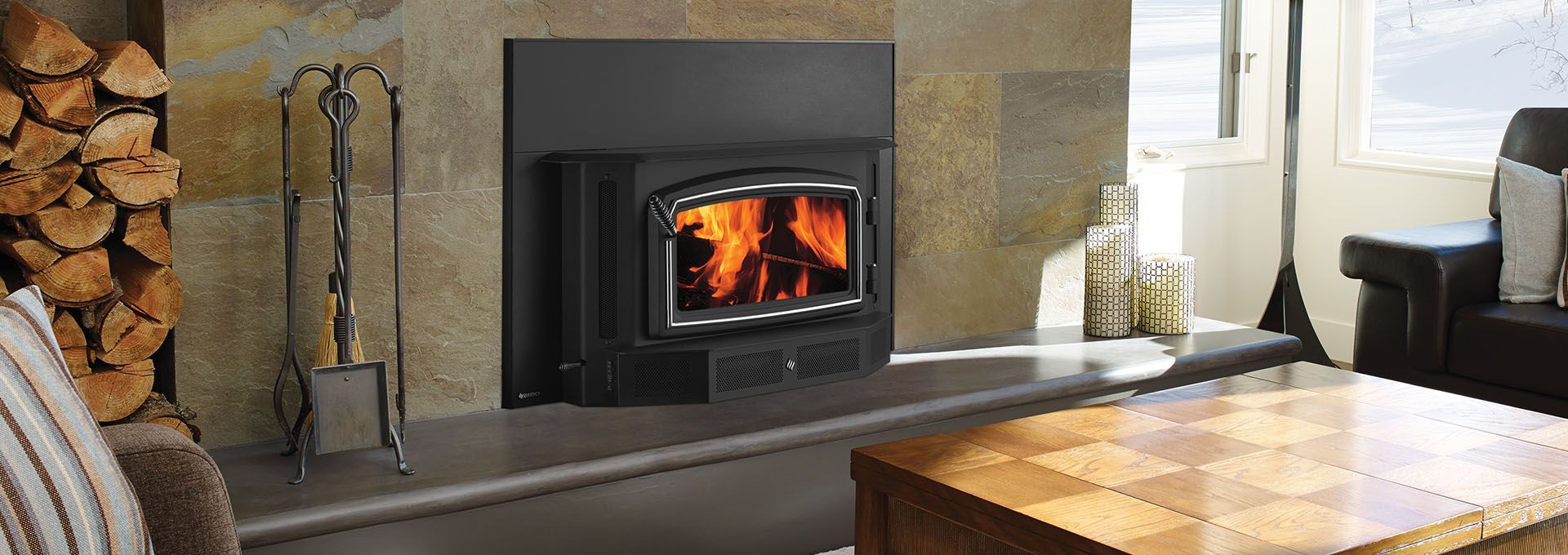What is refractory mortar and where should it be used?

Let’s talk mortar for a little bit. You may be surprised to find there are different types of mortar we use when building or repairing a chimney or fireplace. The first thing to point out is that mortar, concrete, and cement are not the same thing.
Cement is an aggregate of limestone, clay, shells, and silica sand and other ingredients. Cement has been around for a very long time, in fact, the Romas used a variation of it back in the 3rd century B.C. Officially, cement or “Portland Cement” was patented by Joseph Aspdin in 1824 in England.
So what is the difference between cement, concrete, and mortar?
Simply put:
- Cement is not exactly different than mortar or concrete, it is an ingredient in both. It’s kind of like asking how tomatoes are different than ketchup.
- Concrete is made by adding gravel and sand to cement. Concrete is extremely durable and is used in structures and footings.
- Mortar is made by adding sand to cement (no gravel). Mortar is used to bond stone and brick together. It is nowhere near as strong as its concrete cousin and should not be used for structural work.
Why not just use concrete instead of mortar?
The answer lies in a couple of areas. If you bond a block or brick wall with mortar and that wall settles naturally, the easiest link will give, in this case, it would be the mortar. If you had concrete in between all of the blocks, your block may crack and give instead of the weaker mortar. Since you can not prevent settling, the best idea is to ensure the damage from settling is minimal. Repointing (filling back in) mortar joints is a lot cheaper than replacing a bunch of blocks or brick. Secondly, mortar has much higher air content which creates pockets for frozen water to expand into. Water will always get into the mortar and it is intentionally designed to create air pockets for when that water freezes.
So what is refractory mortar?
Refractory mortar is a mix of cement, sand, fireclay and, other specialized ingredients such as calcium aluminate. Fireclay is a set of various clays that can resist heat up to 3,000 degrees Fahrenheit. Just think of this as clay that has special heat resistant properties. Fireclays are used in the construction of fire bricks and are part of the reason fire bricks can withstand such high heat. There are standards that govern whether or not a mortar is refractory or high heat resistant, such as ASTM C-199.
Where should refractory mortar be used?
It took us a minute to get here, but here we are at last. I’ll provide two answers, a logical one and then a dictated one.
Logically, refractory mortar should be used anywhere where it will be exposed to very high temperatures. This is common sense, and yet we repeatedly see failures in certain parts of the chimney and fireplace fireboxes because a mason did not use the proper type of mortar for the application. Onto the dictated answer …
The NFPA wants you to use a tested, medium-duty refractory cement in the construction of fireplace fireboxes, in parging (coating) of a smoke chamber, and in the setting of clay flue liners. They also want the cement and its agents to be non-water-soluble, which is where the calcium aluminate comes in. The calcium aluminate binder sets hydraulically which meets this requirement. Without the calcium aluminate or equivalent, someone may build a chimney and even if it cures but later is exposed to moisture, these joints will either soften or wash out.
Does everyone use refractory mortar where they should?
Sadly, no. It is so easy for a mason who has prepped a bunch of mortar to just use the same mortar for everything and ignore the NFPA recommendation. Also, some masons are in the habit of mixing up their own batches of fireclay infused mortar, but these on the job mixes are not tested and often do not protect against the extremely high heat that is produced by a fireplace. To be fair, these requirements for refractory mortar simply were not there before the ’90s and so unless you have new construction, you likely don’t have refractory mortar where it should be.
If you are noticing a degradation of your mortar joints in your fireplace’s firebox or your chimney sweep reports damage to other areas, it could be because the plain old mortar couldn’t handle the high heat and constant expansion and contraction caused by fireplace use.
The post What is refractory mortar and where should it be used? appeared first on Chimney Works & Rocky Mountain Stoves.
Search the Outpost





